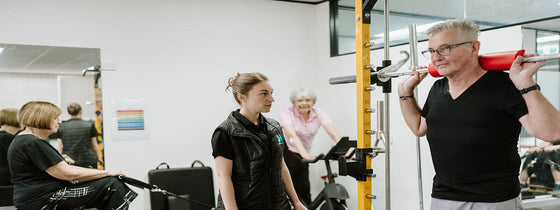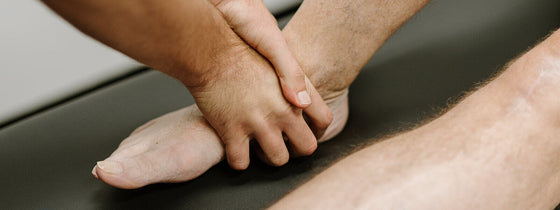Osteoarthritis is a condition that affects the whole joint, including bone, cartilage, ligaments and muscles. Although it's often been described as 'wear and tear', this is not an accurate description. It is now thought to be the result of a joint working extra hard to repair itself.
The most common symptoms are pain and stiffness. These symptoms may affect your ability to do your normal activities such as walking, climbing stairs or keeping up with the grandchildren, which can be very frustrating, but there's a lot you can do to improve your symptoms and we are here to help.
Exercise is one of the best treatments for osteoarthritis. Most types of exercise are safe (they will not make your osteoarthritis worsen) and will help reduce pain in the long term. At OHL, our expert team of physiotherapists can advise you on the best exercises for you and how to do them safely.
There's a great deal of evidence that being overweight increases your risk of developing osteoarthritis and makes it more likely that it will get worse over time. The good news is that only a small amount of weight loss can significantly reduce pain and disability. No special diet has been shown to help specifically with osteoarthritis, but our experienced Dietician can help guide you through the overwhelming amount of food information out there and support you with the right advice.
Living with a long-term condition like osteoarthritis can lead to anxiety and stress. Your thoughts and feelings play an important role in the amount of pain you experience and how it affects you. You may notice that your pain levels are worse when you are feeling stressed or worried. Talking through your concerns with our qualified psychologist can help manage stress and, in turn, assist you in managing your pain.

If you're experiencing back or neck pain with neurological signs and symptoms, a thorough neurological examination is crucial for accurate assessment and effective treatment. In this Optimal Tip learn more about what we mean by completing a neurological exam!

Squats, deadlifts, and calf raises are key movement patterns that should be part of every strength and conditioning program—regardless of age and activity level. These functional movements support joint health, improve posture and balance, and reduce the risk of injury while building strength where it matters most.

A ganglion cyst is a fluid-filled swelling that typically forms over a joint or tendon sheath, causing discomfort and pain, especially when pressing against nerves or joints. Proper assessment and treatment, including physiotherapy, are essential for managing symptoms and improving function in the presence of a ganglion in your hand, foot, or wrist.